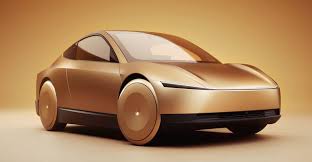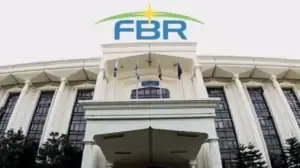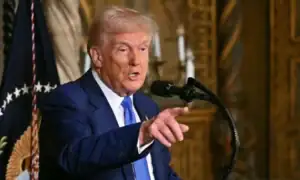In a bold move set to redefine urban mobility, Tesla’s public Robotaxi is expected to launch soon, with industry insiders pointing to late 2025 as the debut. Tesla CEO Elon Musk has long teased the arrival of fully autonomous vehicles, and now the dream is closer to becoming a reality. The Tesla Robotaxi will function without a human driver, reshaping the way people commute and transforming the future of ride-hailing services.
Tesla’s autonomous vehicle technology has been in development for years. With the company’s Full Self-Driving (FSD) software improving rapidly and the continued deployment of powerful Dojo supercomputers, Tesla is positioning itself far ahead of traditional automakers and even tech companies dabbling in autonomous mobility.
The Robotaxi by Tesla will not just be a car—it will be a fully integrated system capable of navigating complex city streets, highways, and traffic without human input.
How Tesla’s Robotaxi Works
Unlike current ride-hailing services, Tesla’s Robotaxi will use a fleet of self-driving electric vehicles equipped with sophisticated AI, neural networks, and 360-degree cameras. Each car will communicate with Tesla’s central command for real-time navigation, software updates, and traffic data. Passengers will book a ride via the Tesla app, and the car will arrive without a driver, offering a seamless and futuristic experience.
This level of automation sets Tesla apart from rivals such as Waymo and Cruise. While others rely on expensive LIDAR systems, Tesla uses a camera-based system backed by artificial intelligence—a move Elon Musk calls “vision-based autonomy.”
Benefits of Tesla’s Robotaxi Service
The public Robotaxi by Tesla promises to drastically cut travel costs. By removing the human driver, Tesla plans to undercut Uber and Lyft by offering affordable fares, especially in dense urban areas. Moreover, the electric nature of the vehicles ensures zero emissions, aligning with global goals to reduce carbon footprints in transportation.
For vehicle owners, Musk introduced the idea of letting Tesla owners add their cars to the Robotaxi fleet. This means Tesla owners can earn passive income by letting their vehicles operate autonomously during idle hours—a groundbreaking concept known as “Tesla Network Sharing.”
Economic and Social Impact
The launch of Tesla’s Robotaxi fleet could significantly disrupt the transportation and job markets. Traditional taxi services and ride-hailing companies may see major revenue drops. Furthermore, millions of jobs dependent on driving could be affected as autonomous vehicles take the wheel.
However, Musk argues the benefits outweigh the challenges. Safer roads, lower transportation costs, cleaner cities, and time saved are among the most cited advantages. Tesla’s FSD technology reportedly reduces accident risks through real-time object recognition and predictive behavior analysis.
Regulatory Challenges
Despite its technological readiness, Tesla’s Robotaxi project faces regulatory hurdles. Governments and transportation authorities across the globe are still drafting rules for autonomous vehicles. Safety concerns, liability in accidents, and insurance regulations must be resolved before full-scale deployment.
However, Tesla has already begun discussions with regulators in the U.S., Europe, and parts of Asia to clear these roadblocks. Analysts predict that major cities such as San Francisco, Berlin, and Dubai will likely be among the first to see Robotaxi operations.
Public Reaction and Market Hype
The public’s response to Tesla’s Robotaxi announcement has been overwhelmingly positive, with Tesla stock seeing a significant boost. Early adopters and tech enthusiasts are excited to experience driverless travel. On social media, hashtags like #TeslaRobotaxi and #AutonomousRevolution are trending, showcasing widespread curiosity and anticipation.
Yet, skepticism remains. Some question whether the technology is truly ready for mass deployment. Critics argue that edge cases, like unpredictable pedestrian behavior or rare weather conditions, still pose challenges.
Read More: Sindh Announces Tax Cuts for Commercial Vehicle
Tesla’s public Robotaxi is not just a futuristic concept—it’s a near-reality poised to shake the foundations of transportation. With Elon Musk’s relentless innovation and Tesla’s robust software and hardware ecosystem, autonomous ride-sharing is set to move from science fiction to our everyday streets. If all goes as planned, 2025 could be remembered as the year the world took its first step into a truly autonomous era.
Read More: Pakistan Mobile Communications Limited: Driving Digital Transformation









